Intern Weekly Response: Podcast Nation

Every week we’re asking our summer interns to share some thoughts and responses to various experiences and readings. This week we asked them to select a museum-related podcast and share their reviews, in preparation for creating their own podcast episodes later in the summer. To read more posts from JMM interns, past and present, click here.
Podcast: American Icons
Intern Alexia M. Orengo Green
As someone who recently got interested in podcasts this week’s response was fun because it gave me the opportunity to find new shows. Podcasts can be an informal and fun way to learn about a certain subject on your way to work, while on the train, or even while cooking dinner. This week I discovered the podcast American Icons by Studio 360 on WNYC. As the tittle indicates, this podcast explores several American Icons and how they became icons. The podcast goes from explaining more serious topics such as the Lincoln Memorial to less formal topics such as The Wizard of Oz. This ratio of topics makes the podcast appeal to a greater audience and gives more options to its listeners.
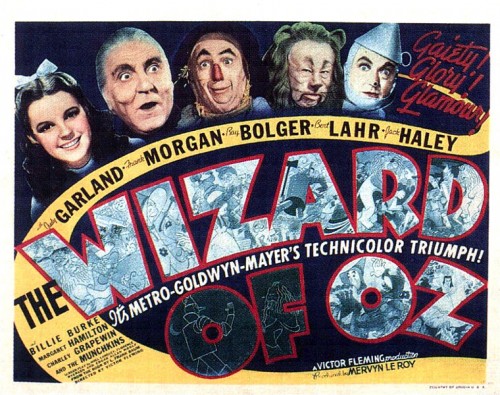
American Icons is a well-done podcast that explains its different topics in an informal academic way. By doing this the audience feels its learning something new, but not taking a lecture. Another aspect of the podcast I enjoyed is how it interacts with the audience asking them questions, sparking curiosity, and challenging their knowledge. American Icons also makes historical connections to the episode’s topic, an example being Superman and the Jewish community that immigrated to America.
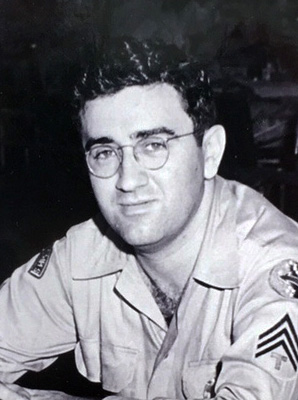
The podcast also incorporates the social factors that influenced America to create icons. An example of this would be the controversy surrounding the Vietnam Memorial. The controversy arose because of the anti-war sentiment the Vietnam War had and the proposal that was selected for the memorial. This memorial sparked sentiment and forced people to have a conversation about the war. The memorial is made of a black granite wall, in which visitors can see their reflection. In the memorial, the names written on the wall are on the order from the first soldier that died during the war to the last. This memorial was the first one of its kind making it and American icon. The podcast tangles perfectly the historical and social factors making the listener connect with the story.
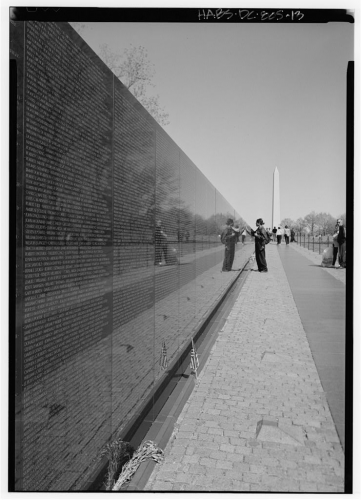
American Icons explains different aspects of American history in a thought-provoking way. The podcast brings different topics to the 21st century and allows its listeners to connect to different stories. This show connects historical, cultural, and social factors while appealing to a large audience.
Museum Podcasts, Visitor Engagement, and Accessibility
Intern Cara Bennet
Admission fees, location, and hours shouldn’t prevent people from accessing all the information that museums have to offer. Museum podcasts are a great solution to this problem. They allow people to learn from and engage with a museum for free whenever it’s convenient for them. Podcasts connect students living in remote locations like Alaska or Hawai’i to museums in Washington, D.C. despite time differences or their ability to travel. Podcasts give museums the opportunity to highlight certain objects in their collections and the roles of various staff members, discuss important issues in the museum field, and to promote upcoming exhibits and public programs. Podcasts also help museums keep visitors engaged by educating and continuing conversations long after they’ve left the museum.

This past week I’ve been listening to “Spycast” a podcast produced by the International Spy Museum. While I’ve been to the Spy Museum a few times before, I’ve already learned so much more about the museum and its collections from the podcast. Episodes feature interviews with authors, historians, and intelligence professionals. Some of my favorite episodes I’ve listened to so far are interviews with former intelligence professionals, particularly women that got started in the CIA in its early days as an agency. Listening to their first-hand accounts is fascinating and not necessarily something visitors could experience by just visiting the museum.
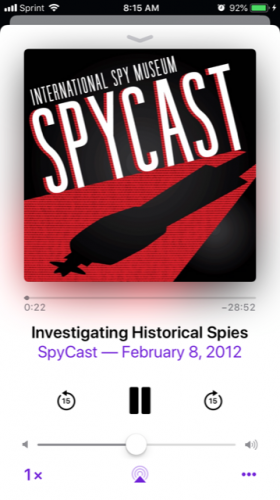
Spies, Covert Ops, and Secrets, Oh My!
Intern Marisa Shultz
Admittedly, I have always been a bit iffy on podcasts. I am such a visual person that I even prefer to watch television and movies with subtitles, and I have had my fair share of run-ins with podcasts so poorly done that they have taken an interested topic and made it utterly boring. But, I have been pleasantly surprised, actually, way more than pleasantly surprised by SpyCast, put together by the International Spy Museum in Washington D.C.. One of the greatest beauties of the program is that the project began in 2006 and has had weekly installments since 2015, so for someone just discovering this gem, there are many episodes to explore and lots of content to learn. Also due to the series length, if a particular episode does not interest you, there are so many more to choose from.
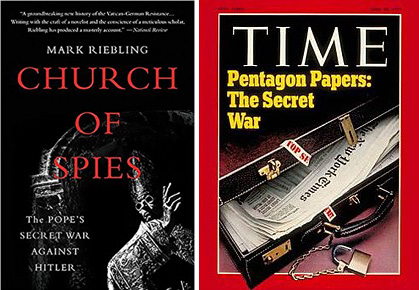
While the scope of the show may be somewhat limited due to its subject (governmental intelligence, espionage, and their implications) the podcast covers a great deal of ground, both historical and modern, within that scope. From the Pope’s spies in World War II to the Pentagon Papers and everything in between both micro and macro, SpyCast covers it all.
While the extent of content and number of episodes is a huge bonus for the podcast, there are two major reasons it works so well. For one, the guests they choose to interview are always experts (often with recently published books) or individuals who have experience in the intelligence or espionage fields; the guests are always well-spoken, interesting, and insightful too.
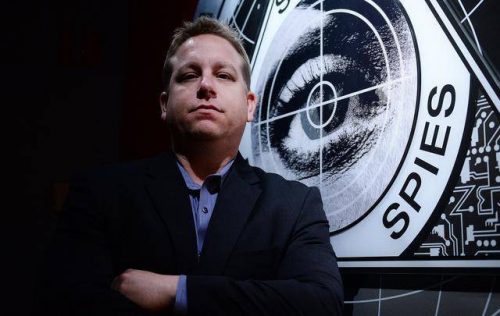
Dr. Houghton does an excellent job at maintaining the programs energy and keeping the conversation flowing. He asks insightful questions that encourage the speakers to share their thoughts and experiences, and while he may tell a short anecdote from time to time, he largely allows the spotlight to be on the guest. Overall, I would say that SpyCast has found a formula that works brilliantly!
Nostalgic Tales from The Memory Palace
Intern Ash Turner
With a name like The Memory Palace, it’s easy to get a sense of what type of podcast you’ll be listening to: an artful sound piece, with swaying background music, and someone describing something to you as if it is his memory. Sleepy, wistful music was an apt choice for the background sound in the first episode I listened to, “Dreamland.”
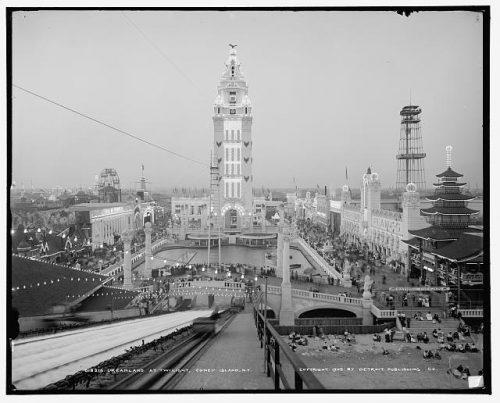
In this episode, you hear a low voice, as if a bedtime story is being read to you, and you are slipping into sleep, mixing what is a dream with what is reality. But what is being told really happened, and you’re transported to the memory of this place—Dreamland on Coney Island. You’re slowly dipped into this time period, this piece of history. It is a story at the same time it is descriptively real, and in this way, it feels like a memory, where it sits comfortably somewhere between dream and reality.
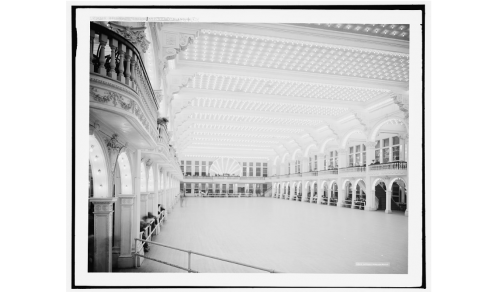
This way of telling history through sound creates an experience for the listener. I found myself pulled in through The Memory Palace’s sound design and detailed, almost nostalgic, historical descriptions. Some of the episodes were heavier with their facts and left me with a specific thought or critique about the historical subject. Other episodes were lighter and invoked a feeling of living in that period of time, or a sense of being in a certain place. I enjoyed that the episodes shifted between heavier and more wistful episodes, since some episodes and their subjects (such as “Hercules,” about George Washington’s slave who escaped to freedom) fit in better with a critical narrator, rather than with dewy-eyed descriptions.
The Memory Palace stands as its own memorable art piece, as its own sort of museum, weaving together fact with story and sound. Each episode is its own small experience, each like a historical artifact, to be taken in one by one.
Listening to the Voices of Survivors
Intern Ellie Smith
Podcasts allow museums to present information in a new way. The United States Holocaust Memorial Museum utilizes podcast in order to share the stories of Holocaust survivors. Through their podcast series “First Person: Conversations with Holocaust Survivors” audiences can listen to excerpts from longer interviews from survivors. These podcast are fairly short about five to fifteen minutes which allows the audience to listen to several in a small amount of time. There is something extremely powerful about hearing the stories of survival and Holocaust experiences from those who actually lived it. Reading a memoir does not provide the same experience as listening to the voices of survivors.

This podcast series has a variety of different interviews. Some individuals talk about their experiences in the camps and others discuss death marches or Kristallnacht. The series allows audiences to gain a comprehensive knowledge of the copious experiences of the Holocaust. Often people only know about the camps; Auschwitz is all they know about the Holocaust. But this series allows listeners to gain knowledge of ghetto life, experiences of the death marches, transportations, and other parts of the Holocaust experience. I think this is a wonderful podcast series which allows people to personally connect to the stories of those who survived the Holocaust.
